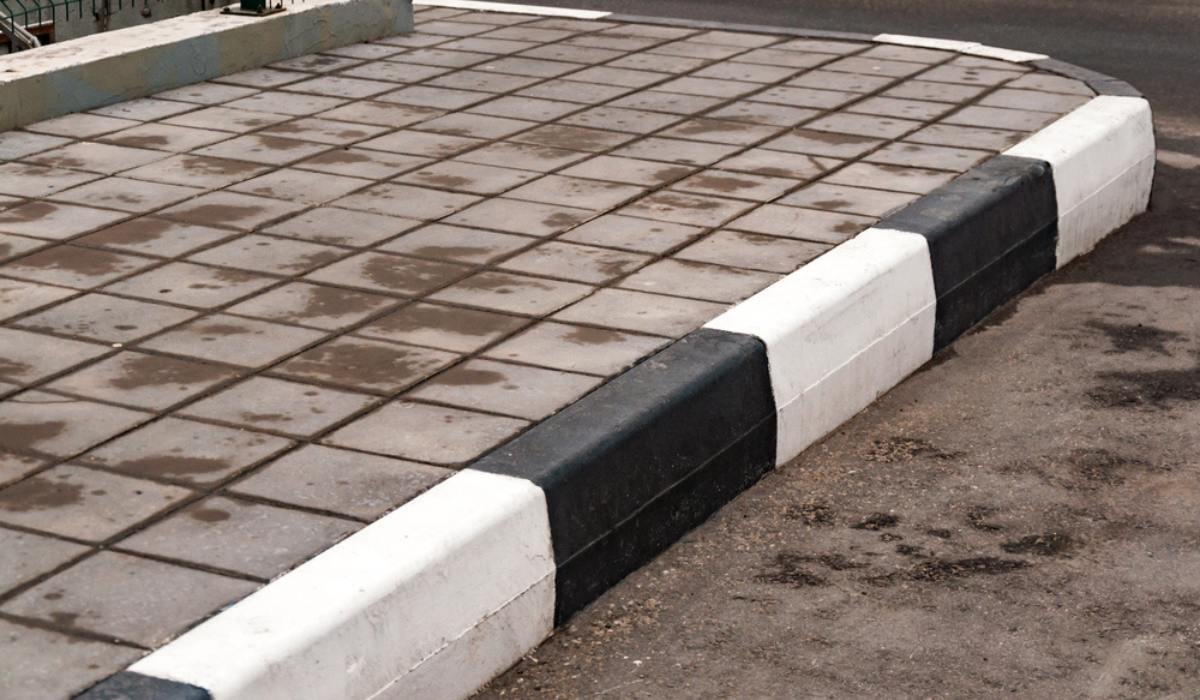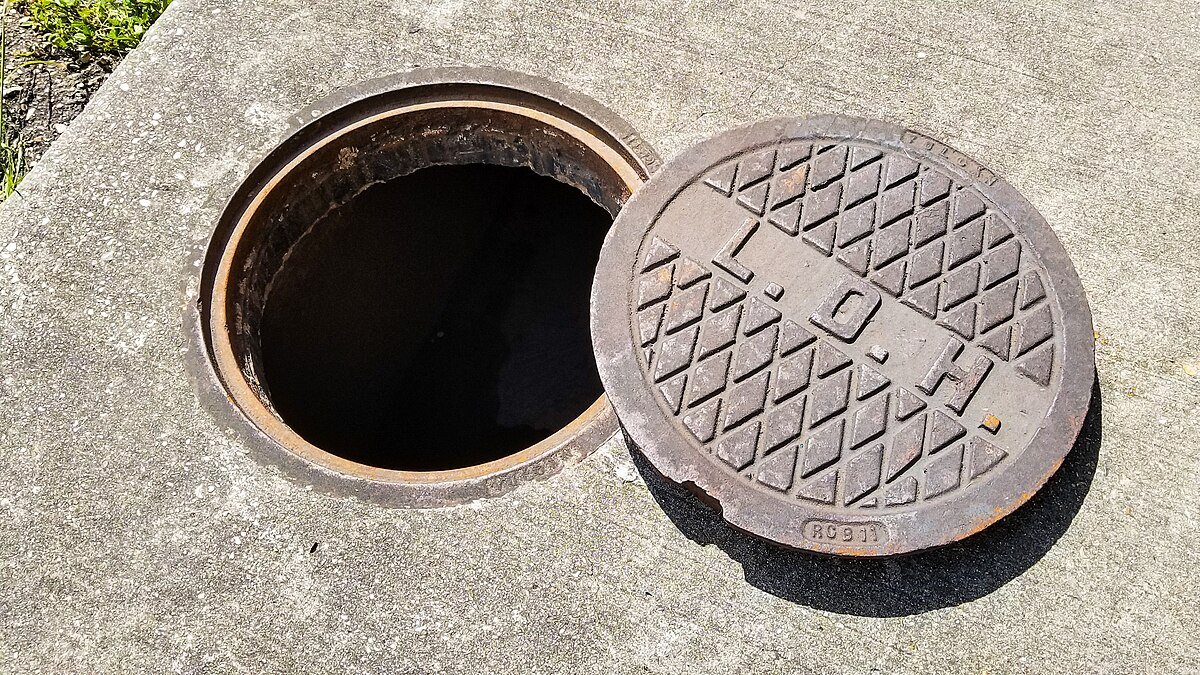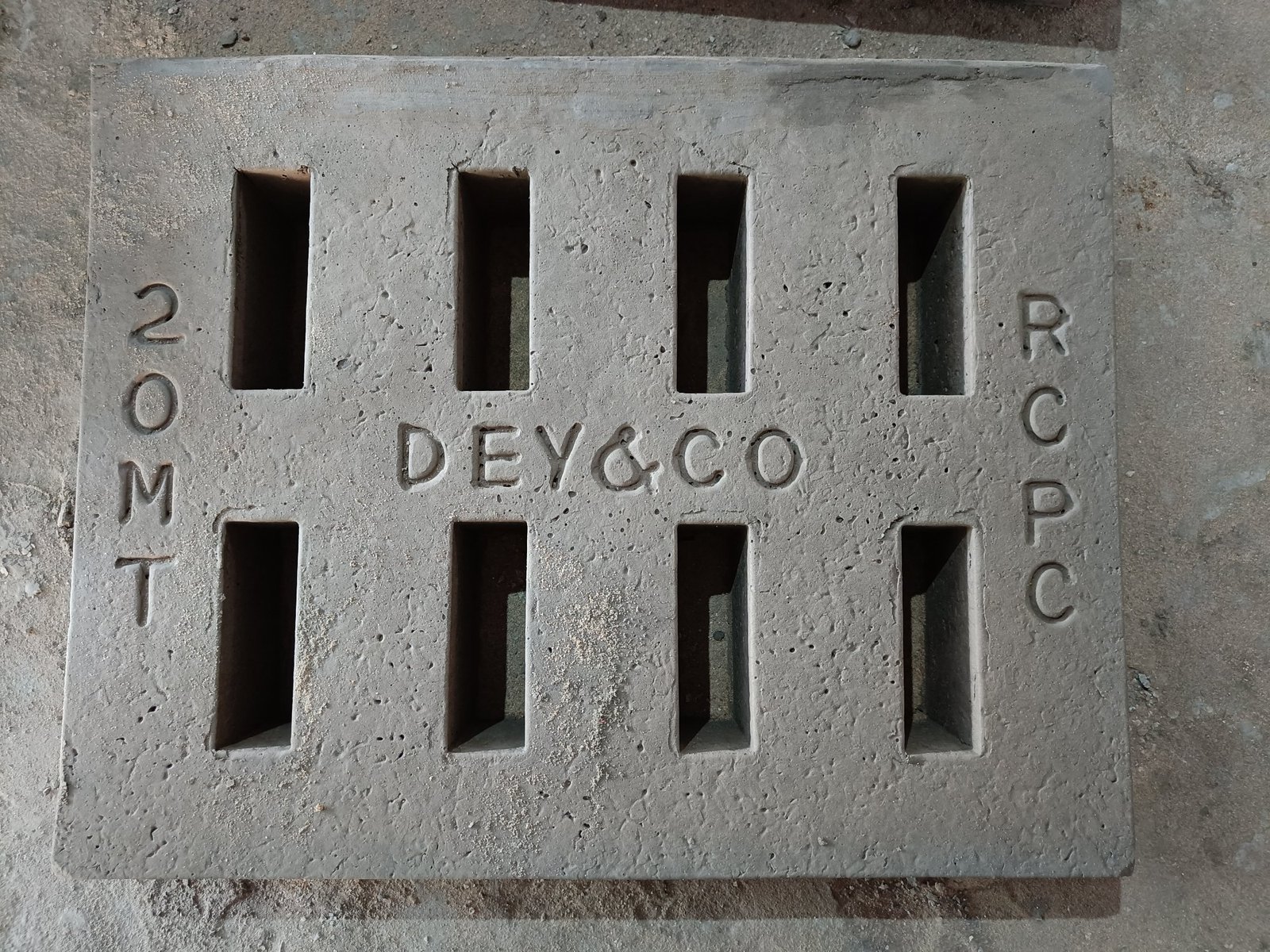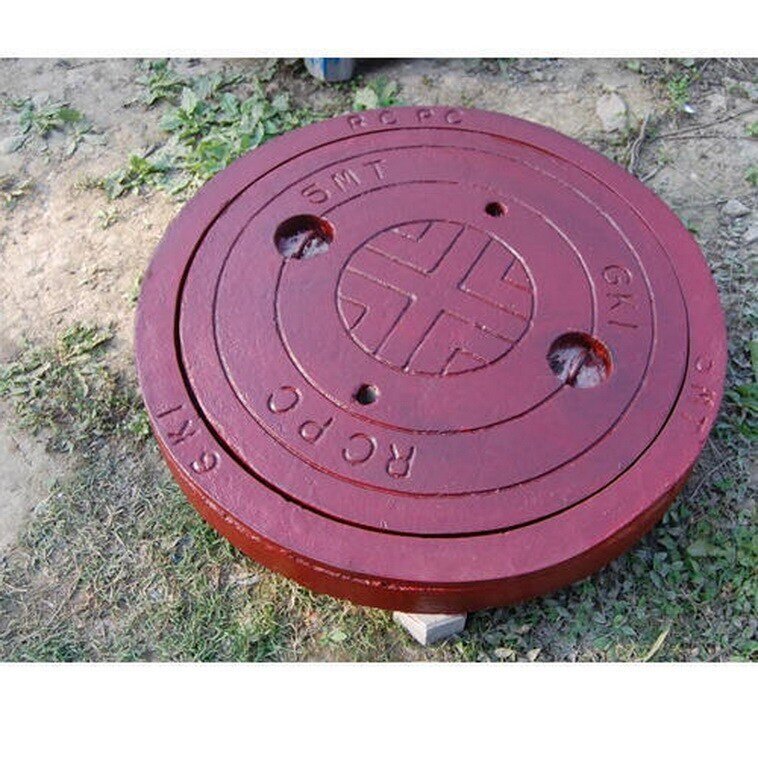Kerb stones (or curb stones) are an integral part of modern road and urban infrastructure. Positioned along the edges of roads, footpaths, and driveways, kerb stones serve multiple purposes, from providing structural support to guiding water drainage and enhancing urban aesthetics. They are commonly made from reinforced concrete, natural stone, or precast concrete, offering durability and longevity even under heavy traffic conditions.
Purpose of Kerb Stones
Kerb stones perform both functional and aesthetic roles:
- Road Edge Definition:
Kerbs clearly demarcate the boundary between the road and footpath or landscaped areas, enhancing road safety and traffic management. - Drainage Control:
They help channel rainwater to storm drains, preventing waterlogging and protecting the road surface from damage caused by standing water. - Structural Support:
Kerb stones provide lateral support to pavements and asphalt surfaces, preventing deformation and edge cracking. - Safety and Guidance:
By visually guiding drivers and pedestrians, kerbs reduce accidents and improve urban mobility. - Aesthetic Enhancement:
Well-laid kerbs contribute to urban landscaping, giving roads and public spaces a neat and organized appearance.
Types of Kerb Stones
Kerb stones come in various shapes and sizes to suit different applications:
- Straight Kerbs:
Standard rectangular kerbs used along roads and footpaths. - Convex and Concave Kerbs:
Designed to channel water efficiently in drainage systems. - Barrier Kerbs:
Raised kerbs that act as a physical barrier to prevent vehicles from straying off the road. - Delineator Kerbs:
Low kerbs used mainly for aesthetic or minor guidance purposes in parks and pathways. - Half-Battered or Sloped Kerbs:
Sloped on one side to allow easy vehicle entry into driveways or parking areas.
Materials and Manufacturing
Kerb stones are typically made from:
- Reinforced Cement Concrete (RCC): Provides high strength and durability.
- Natural Stone: Granite, basalt, or sandstone for premium aesthetics.
- Precast Concrete: Factory-made for uniformity, faster installation, and lower labor costs.
Quality kerb stones are designed to withstand heavy traffic loads, environmental stress, and weathering, making them suitable for highways, urban roads, and industrial areas.
Applications
Kerb stones are used in:
- Roads and highways
- Footpaths and pedestrian zones
- Parking lots and driveways
- Parks, gardens, and landscaped areas
- Industrial and commercial premises
Kerb stones may seem like a small part of urban infrastructure, but they play a critical role in safety, drainage, and aesthetics. From supporting pavements to guiding rainwater and enhancing the look of city streets, kerb stones are indispensable in road construction and urban planning. Choosing the right type and material ensures durability, functionality, and long-term urban beauty.
RCPC Manhole Covers and Frames
RCPC Gully Grating and Gully Pit Cover
Key Strategies in Real Estate & Construction Management
Interior Decoration Website Design
![]()





